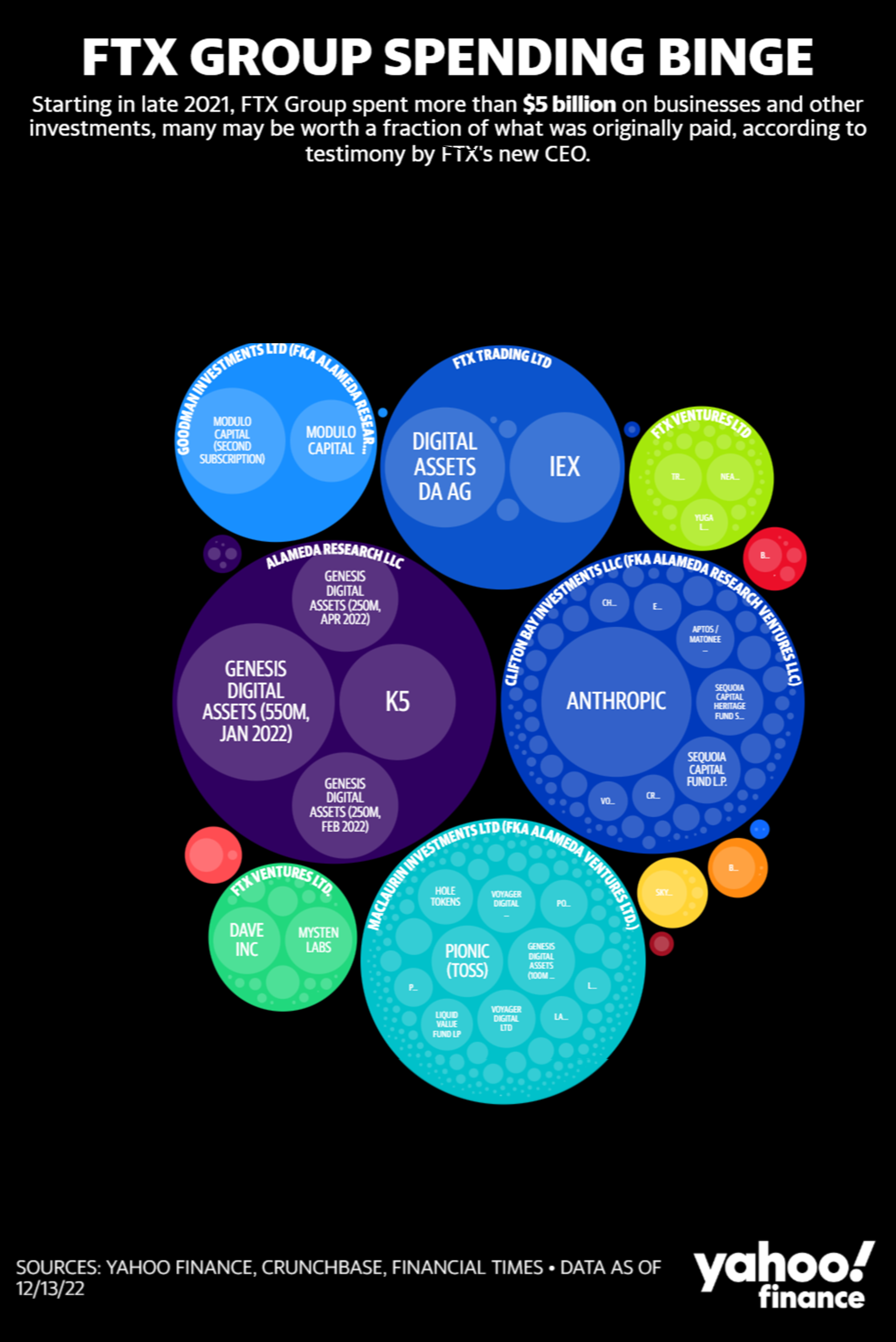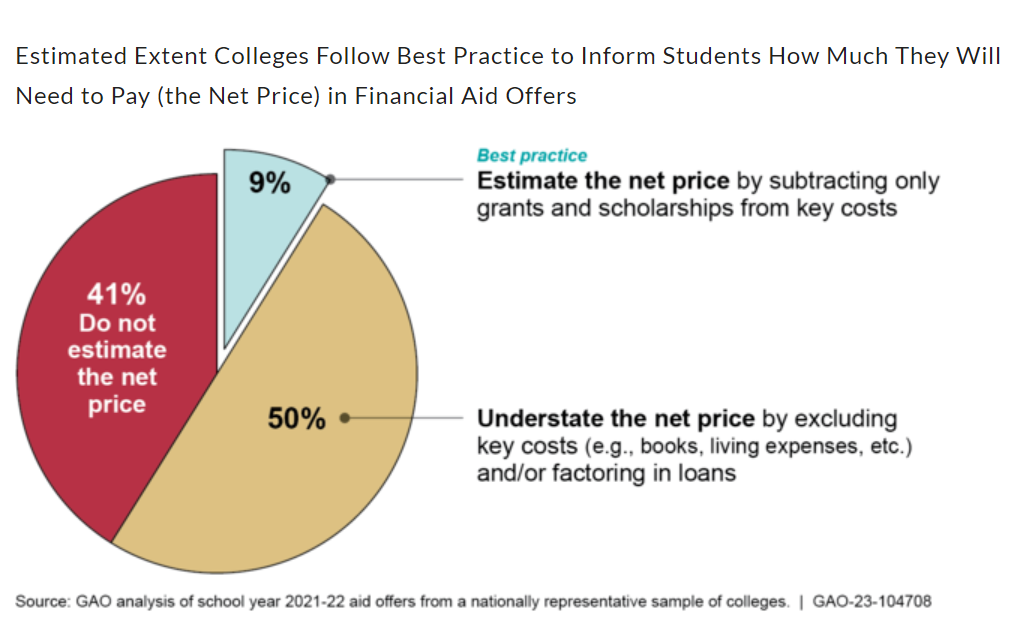"Embellishment" vs. Lying
/New York Representative-elect George Santos misrepresented himself during his campaign for Congress and is facing calls to resign. The story is relevant for students finding the line between “putting their best self forward” and lying during a job search.
Santos now says, “My sins here are embellishing my resume. I’m sorry.” But his claims are clear fabrications in several cases. What’s interesting about the situation is how easily his claims could be verified. The New York Times simply contacted Goldman Sachs, Citigroup, and Baruch College, and none could verify his employment and graduation claims.
In his position paper, he claimed to be “a proud American Jew.” He also said he is “half Jewish” and a “Latino Jew” and claimed that he has Holocaust and Ukrainian heritage, which has not been supported. Now he clarifies: "I am Catholic. Because I learned my maternal family had a Jewish background, I said I was Jew-ish.”
Santos also defended himself during an interview. He said, “I didn’t outright lie,” but he did admit that he used “a poor use of words” and included “a little bit of fluff.” He blamed “elitist” outlets like The New York Times for referring to his customer service experience as “odd jobs,” which forced him to inflate his experience.
His justification raises an issue about how students can handle their own vulnerability. Business communication faculty encourage students to explain how their experience relates to a prospective job. Some students downplay their experience, so we ask them to highlight the relevance to an employer. But none of us would encourage students to include experiences they didn’t have.
We’ll see whether his colleagues vote for him to stay or leave.




















